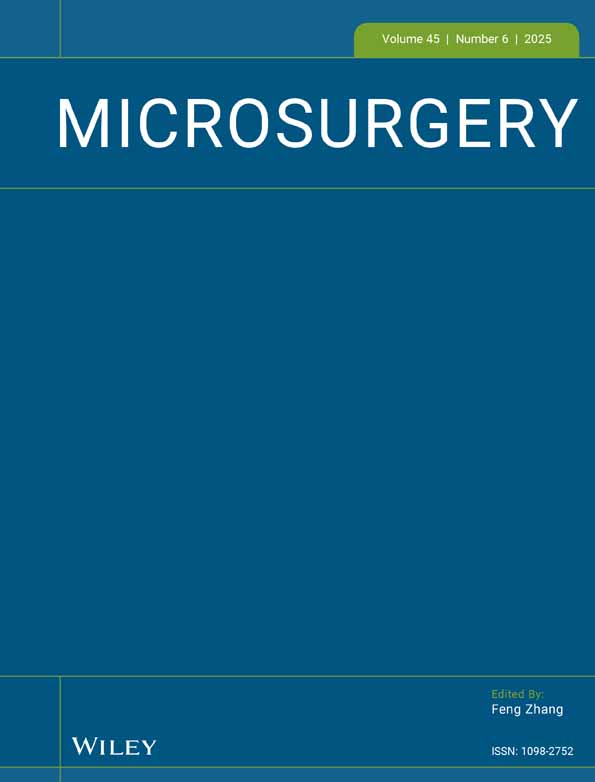Evans blue dye modifies the ultrastructure of normal and regenerating arterial endothelium in rats
Abstract
Evans blue dye (EBD) identifies areas of increased vascular permeability, which is usually indicative of endothelial damage. Most studies examine EBD-stained areas light-microscopically, but others analyze the cells with the electron microscope. Electron microscopic studies have assumed that EBD itself did not change the ultrastructure of endothelial cells and this hypothesis was tested in the following study. The left iliac arteries of 20 rats were injured with 1-mm vascular clamps for 5 minutes. At 7 and 14 days after clamping, 10 rats for each time were infused intravenously either with normal-saline or EBD, perfused 30 minutes later with fixatives. Then the clamp-injured arteries, contralateral (unclamped) arteries, aortae, and the aortic bifurcations were removed for EM morphometry. In an additional (control) group of 10 rats, with no clamp injuries, 5 were infused with EBD and 5 with normal-saline and all 10 rats were perfused 30 minutes later, as above. EBD caused a significant simplification of the junctional morphology in both normal and regenerating endothelium. It also increased the area fractions of cytoplasmic vesicles in regenerating endothelium. These data demonstrate that EBD causes measurable ultrastructural changes in normal and regenerating endothelium. This effect should be taken into account when using EBD to assess various insults to blood vessels. © 1998 Wiley-Liss, Inc. MICROSURGERY 18:47–54, 1998.




